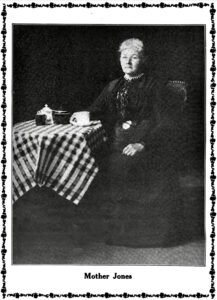 —————
—————
Hellraisers Journal – Saturday October 11, 1902
Mother Jones News Round-Up for September 1902, Part II
Found in Chicago, Illinois, Depicts the Misery of the Eastern Coal Region
From the Evansville Sunday Journal-News of September 28, 1902:
MISERY IS DEPICTED IN EASTERN COAL REGION
“Mother” Jones Relates Woes of Miners and
Declares a System of Slavery is Being
Practiced by the Operators.
———-
CHICAGO, Sept. 27.-“Mother” Jones, friend and organizer of the eastern miners, arrived in Chicago yesterday direct from the fields of action where the seeds of independence she has been sowing for years are bearing fruit as they never bore before. Confident that the miners will win the great strike in Pennsylvania and West Virginia because the operators cannot afford to win, “Mother” Jones, fearless and determined as ever, discussed the problems and conditions of the present grave situation in the East. In spite of her snowy hair and sixty summers “Mother” Jones declared that she was as young to-day as she ever was.
[She said:]
The miners can now see the dawning of a brighter day and a new civilization. They are as hopeful of success as we are. John Mitchell was never so hopeful. The bituminous miners of West Virginia will win and the anthracite miners in the Pennsylvania fields will win. But no one can prophesy how long the strike will last.
“Mother” Jones said that the system of slavery that America’s blood poured out to abolish was never worse than a slave system conducted by the mine operators of West Virginia. She declared that miners are bought and sold for money, that bloodhounds are kept to trail fugitive slave miners and to avenge assaults on the “blackleg” agents of the operator.
She said that the immigration laws were being broken by the operators, whose agents go to Europe and import released convicts to work in American mines.
She proposed a congress of American labor to be held in Washington next winter when Congress is in session to investigate the rights of workingmen and get an expression from the government concerning the injunction cases of West Virginia and to seek legislation against injunction.
Concerning Commissioner of Labor Carroll D. Wright, who spoke at Minneapolis the other day, “Mother” Jones said:
Mr. Wright does not know the conditions concerning which he speaks. In the first place, I want to ask why he delayed making his report from the anthracite region until a week or two ago. I think it would pay the people to demand an investigation of the agents Mr. Wright sends out to gather his statistics. I found that one of them in the New River District has been dead for forty years and does not know it. He is incapable absolutely for the work he is assigned to do.
[Mother Jones continued:]
Herman Justi said at the Minneapolis convention, that arbitration is a failure. Arbitration is not a failure. The miners believe in arbitration and are willing to arbitrate. If the operators would ask for arbitration or would submit to arbitration of the present troubles the miners would abide by the decision. The whole trouble in this strike is because the operators do not want their schemes of robbery exposed.
[She continued:]
The operators buy their powder for 90 cents a keg and they sell it to the miners for $2.50 a keg. Is that robbery? The operators, against the laws of Pennsylvania, do not weigh the coal at the mines at all. The law says they should have scales and check weighmen. The miners demand these provisions. The miners want a nine-hour workday and they refuse to submit to discrimination against their organization.
The miners demand a semimonthly payday, which five of the operators have already agreed to. As it is now they are paid every sixty days. If a miner goes to work now he must wait sixty days before he can get any money. Then at the end of that time he finds that $1 a week has been deducted from his wages for doctor bills whether he has had the services of a doctor or not. He can go to the “pluck me” stores and get food, the price of which is deducted from his earnings, and in many of the districts the miners are forced to pay for the water they drink.
The wretchedness and misery “Mother” Jones described in detail.
[She said:]
I tell you that there are no words capable of portraying the misery and woe. If Christ himself should come to earth and investigate the mining camps he could not find words to tell adequately what he saw. Along the mines of Loop Creek, West Virginia, “man-catchers” are regularly sent out by the operators to bring in mountaineers on some false pretense. These men are actually sold off at so much a head to the various mine operators. The “man catchers” are called “blacklegs” and are protected by trained bloodhounds. These bloodhounds are set on the trail of escaped slave miner.
“Mother” Jones declared that the miners and their families are living on the highways, forbidden to step onto mining grounds by injunction. Two thousand families have been driven into the streets in West Virginia.
[Mrs. Jones said:]
I saw one poor woman, her mother and her babe driven from their corporation shack into the street, and within four hours the starved, sickly babe died in its grandmother’s arms on the roadside. Such misery is apparent on every hand.

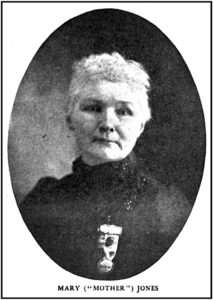
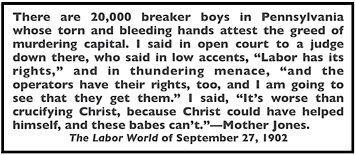 —————
—————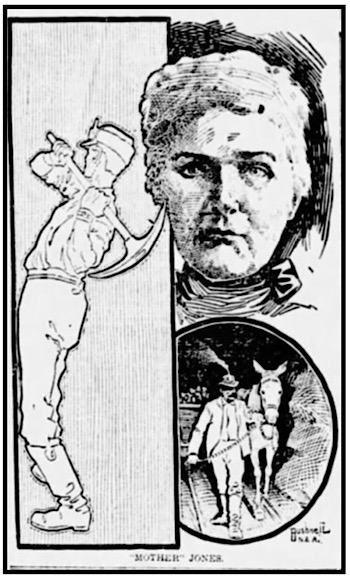
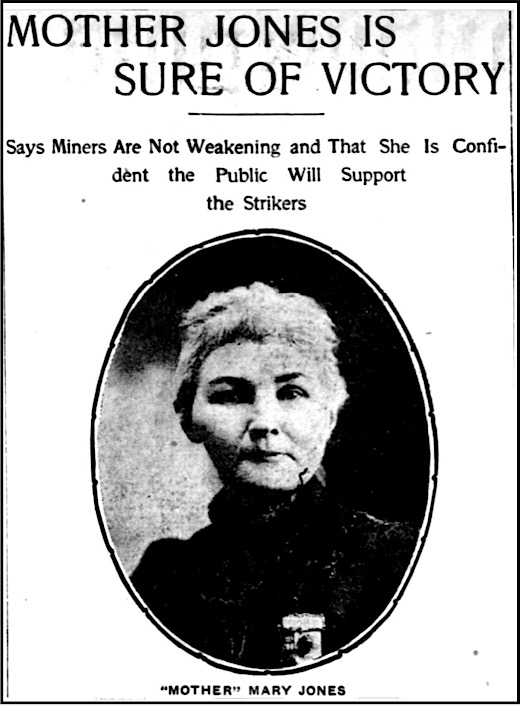
 —————
—————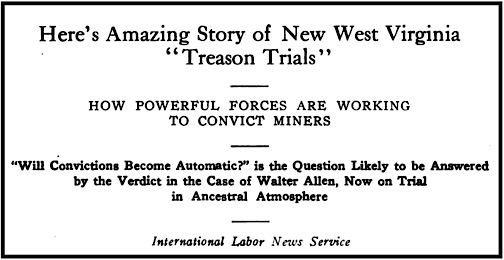
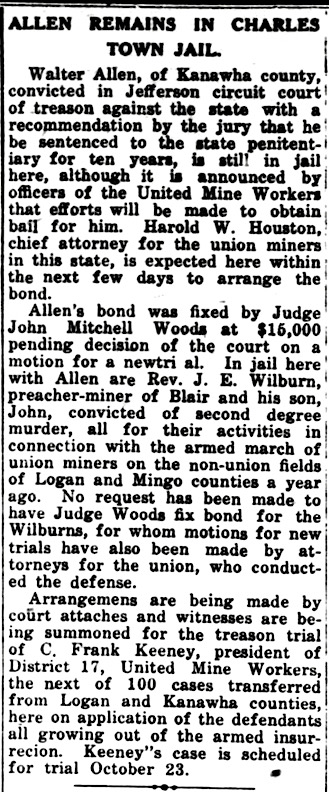
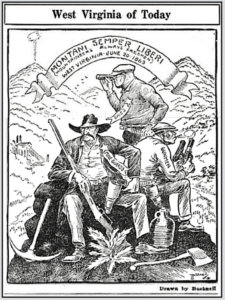
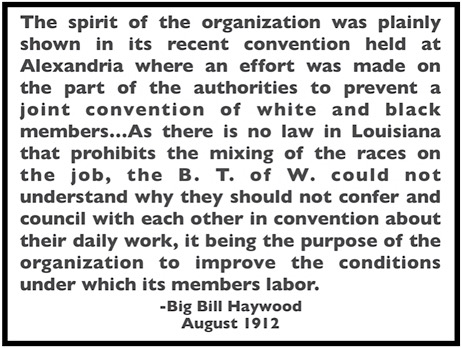
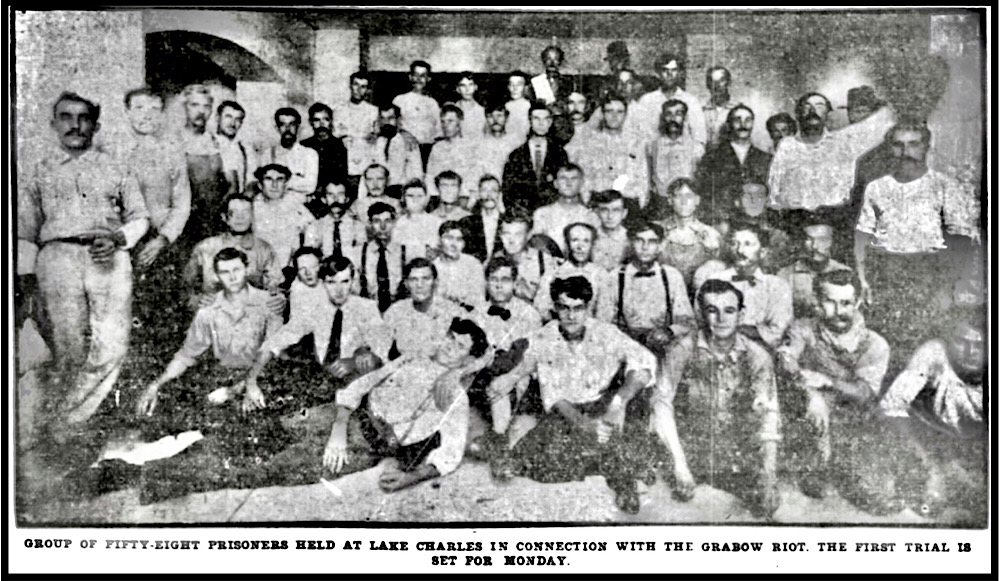
 —————
—————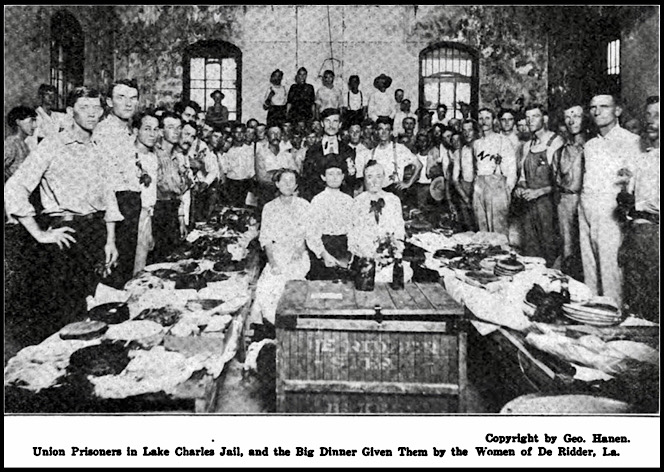
 —————
—————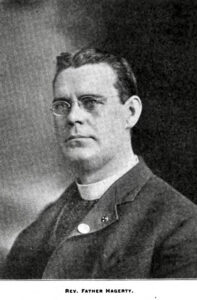
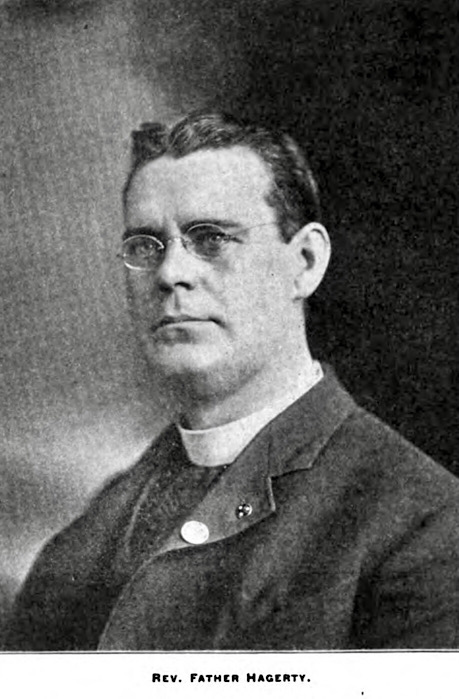
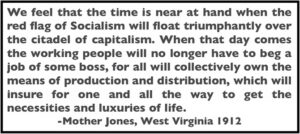 —————
—————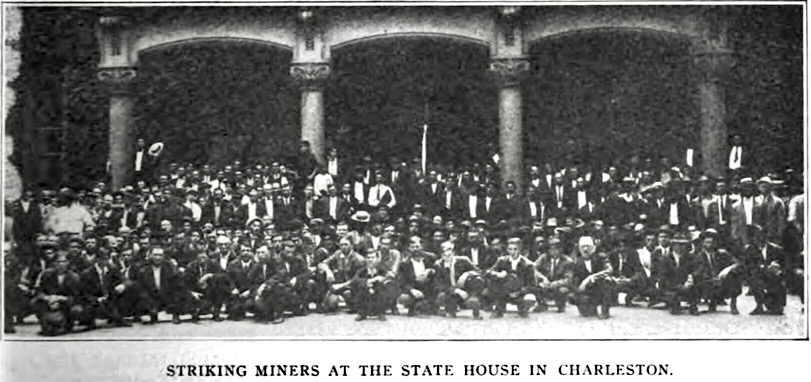
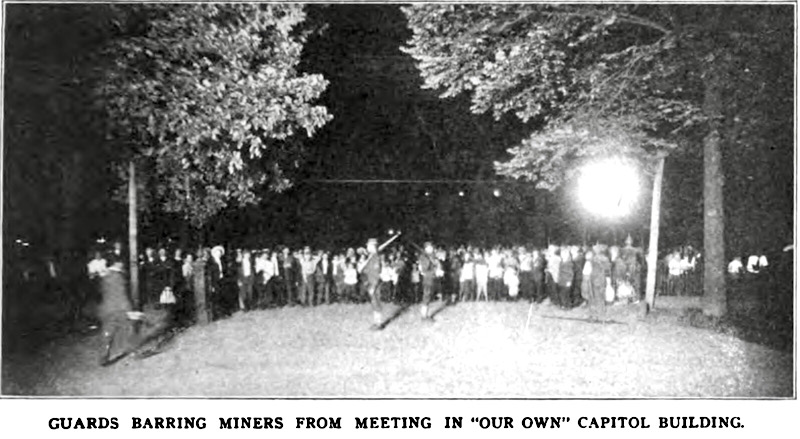
 —————
—————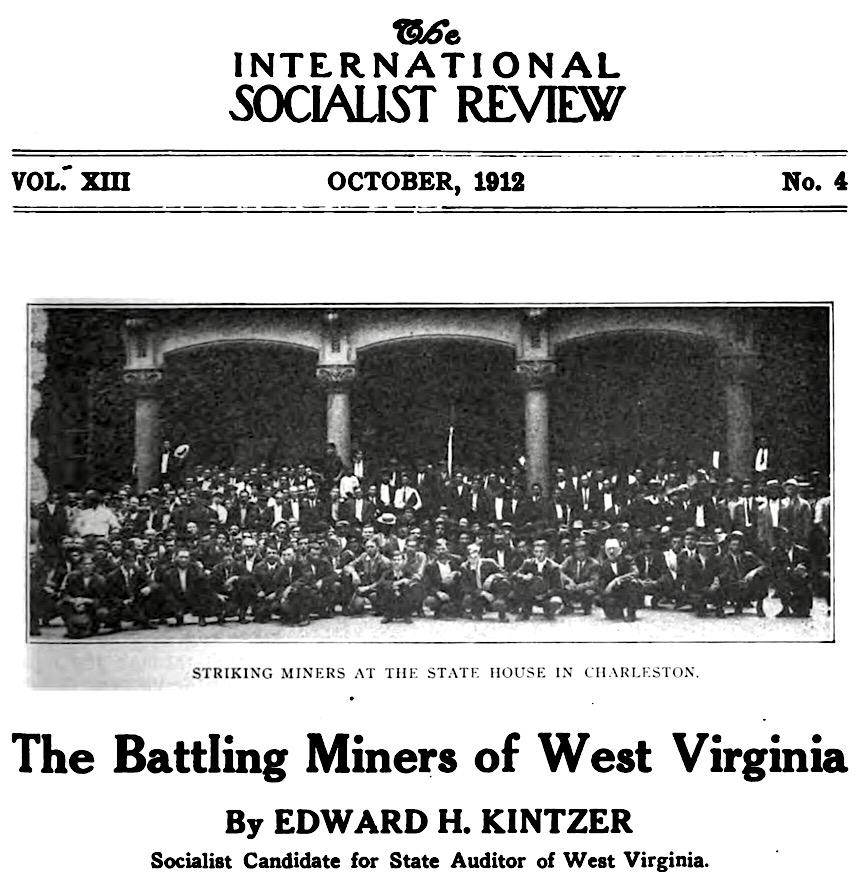 ———-
———-